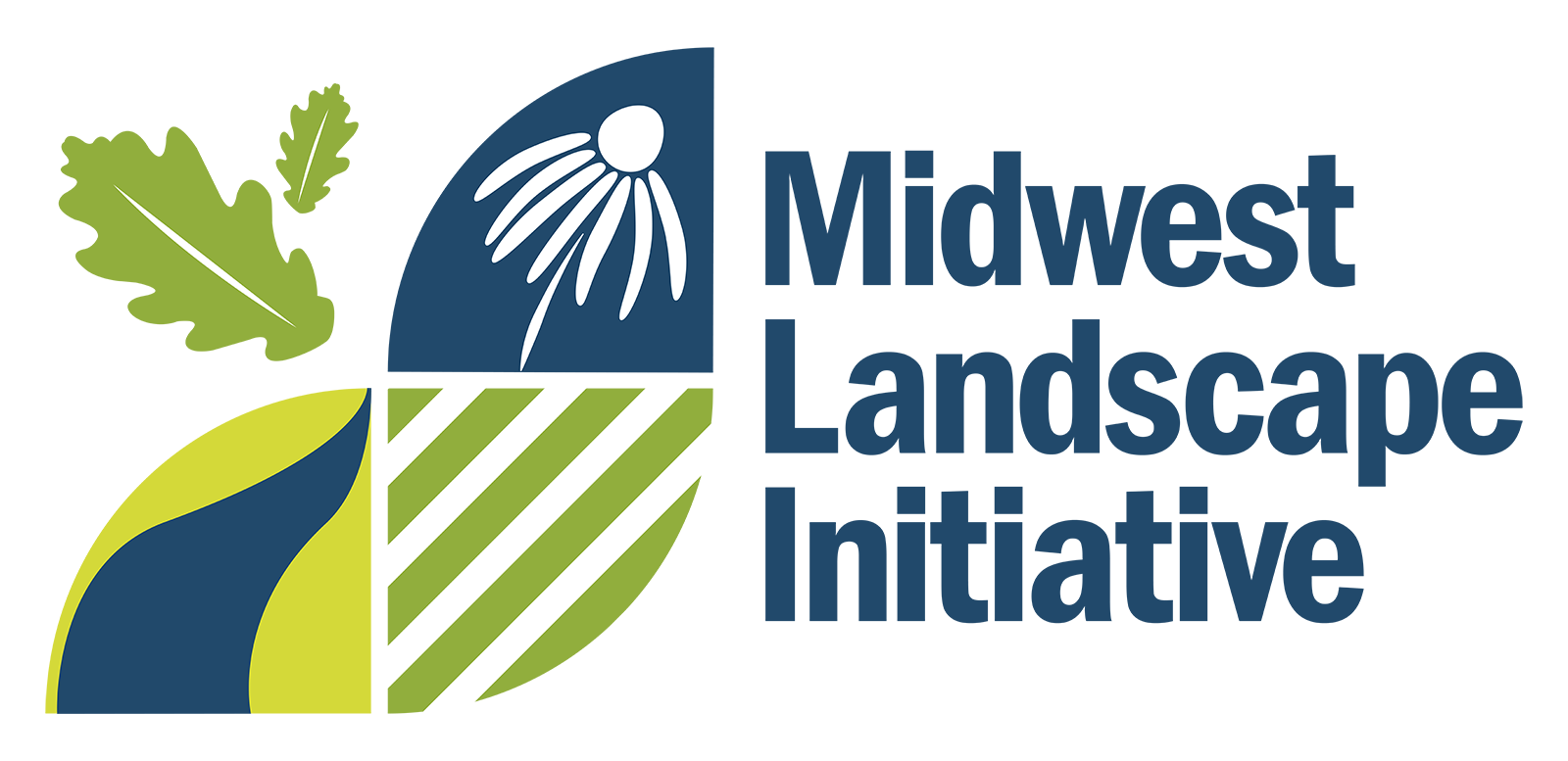This website uses cookies so that we can provide you with the best user experience possible. Cookie information is stored in your browser and performs functions such as recognising you when you return to our website and helping our team to understand which sections of the website you find most interesting and useful.
Our Work
Least Terns. Photo Credit: Indiana DNR
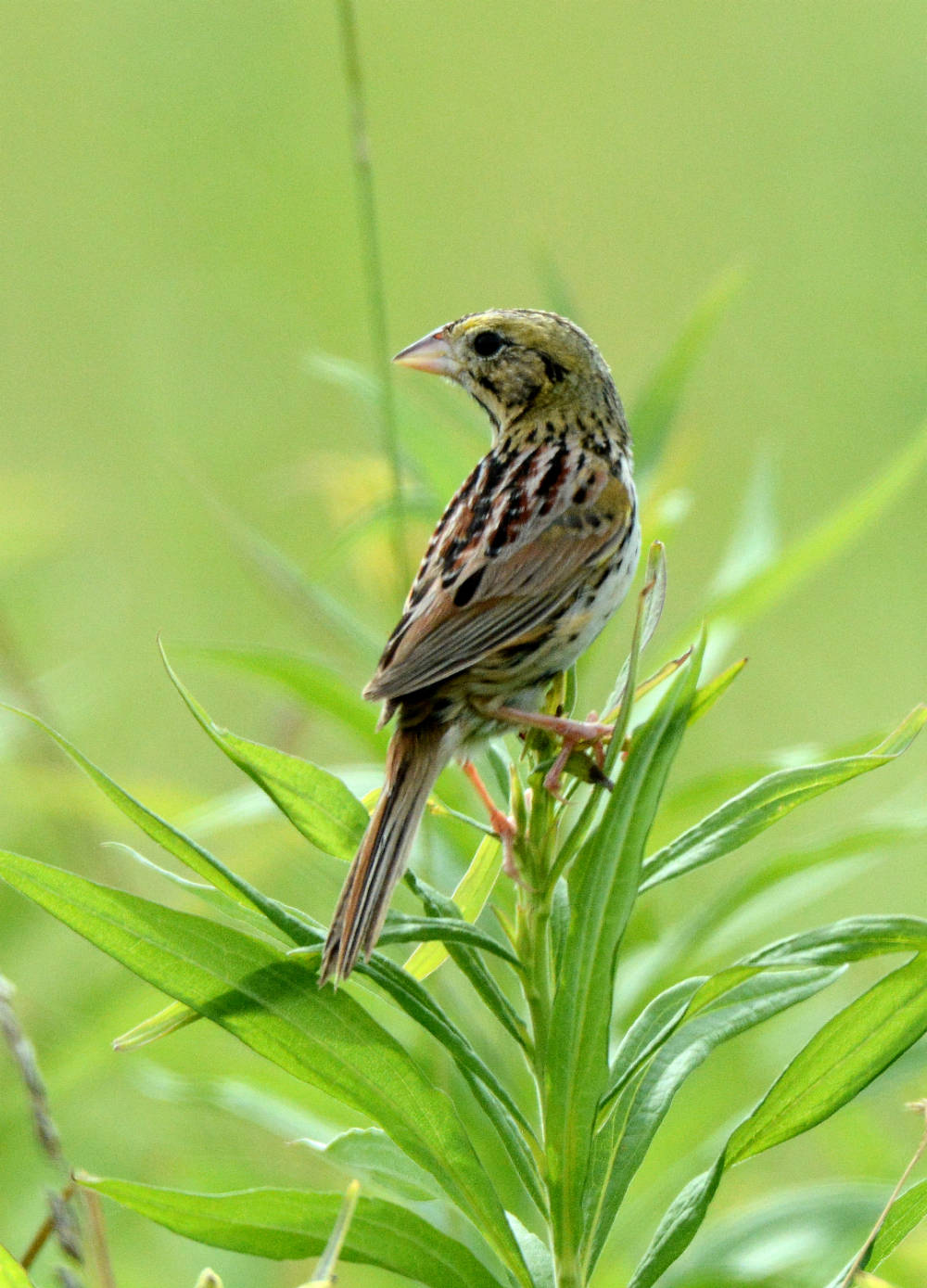
Henslow’s sparrow. Photo Credit: USFWS
At Risk Species
Midwest Landscape Initiative’s work on at-risk species conservation is guided by the At-risk Species Working Group. Its purpose is to coordinate, recommend, implement, and evaluate priority actions to benefit at-risk species on a regional level; and improve their status to reduce the likelihood of a future need to list them as threatened or endangered.
One of the first initiatives and products of the at-risk species working group was the development of the Midwest Regional Species of Greatest Conservation Need. This project identified species of high regional concern to identify opportunities for collaboration.
Other projects of the at-risk species working group underway include:
- Enhancing the Midwest regional species of greatest conservation need database with updated data, and working towards cross-regional compatibility in database design.
- Identifying and prioritizing the most urgent actions that have the highest likelihood of improving outcomes for at-risk species.
- Fostering collaboration among taxonomic experts in the region across jurisdictional and organizational boundaries.
- Identifying projects focusing on RSGCN that would benefit from regional coordination.
To learn more about our at-risk species work, contact Claire Beck.
Communications and Engagement
Midwest Landscape Initiative’s Communications and Engagement working group is comprised of federal and state fish and wildlife agency communication professionals with the charge to enhance the visibility, understanding, and influence of the initiative and its work products among partners and peer organizations. This group is also tasked with positioning the initiative as a recognized national leader in cooperative landscape scale conservation.
Goals of the working group include:
- Recommend methods, modes, and actions for effective communication and engagement among the work groups and existing committees of the the initiative, parent natural resource agencies, other Association of Fish and Wildlife Agencies regions, and to external partners and stakeholders.
- Communicate with and engage partners to provide input and take ownership of Midwest Landscape Initiative priorities and tools, implement actions, and pool or align staffing and financial resources.
To learn more about our communications and engagement work, contact Kate Parsons.
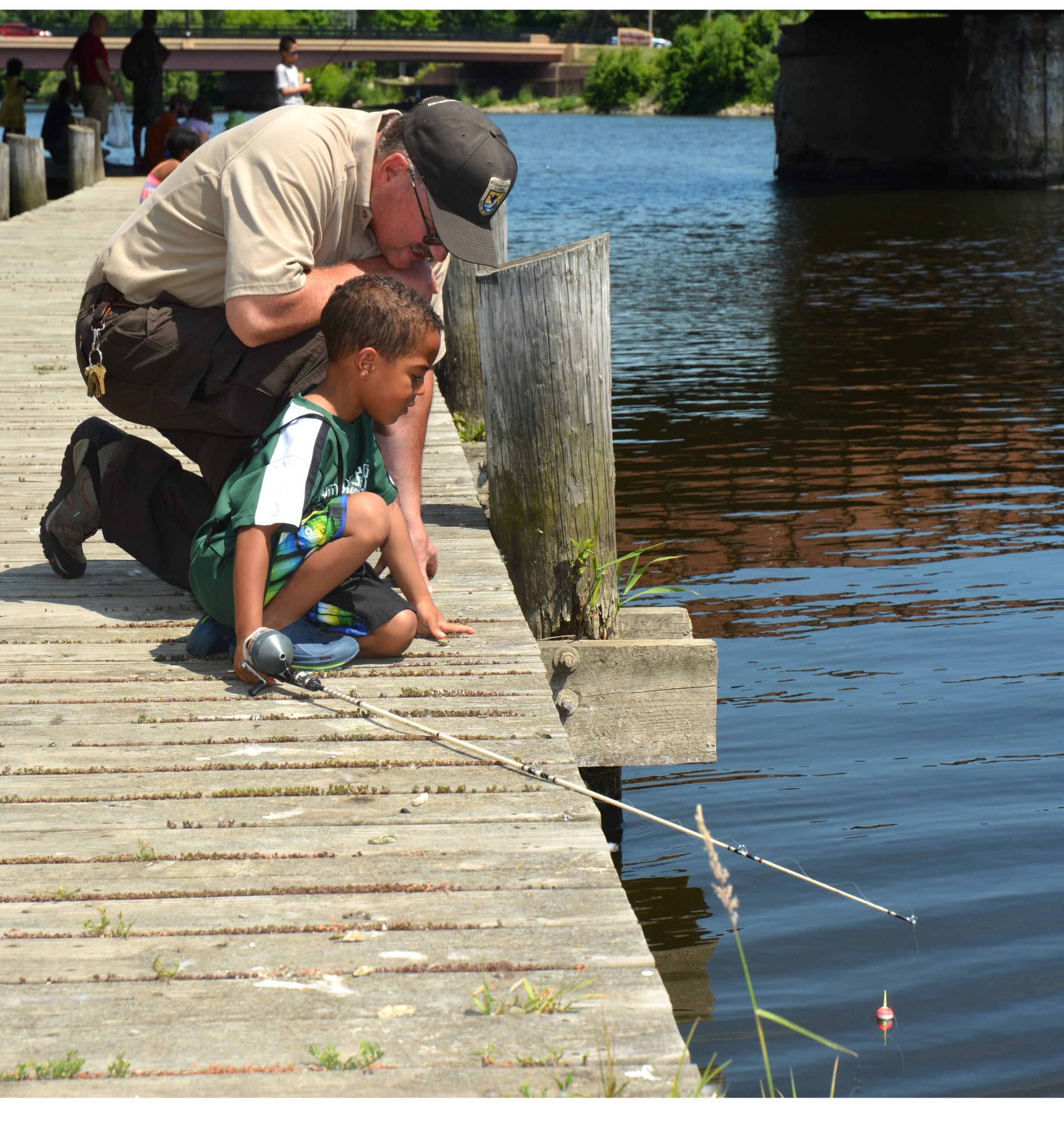 Fish rodeo in Lansing Michigan. Photo Credit: USFWS
Fish rodeo in Lansing Michigan. Photo Credit: USFWS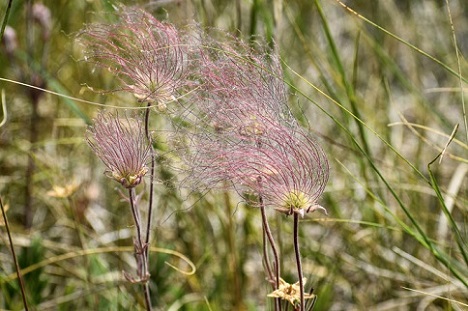
Prairie Smoke, North Dakota. Photo Credit: Hilary Morey
Habitat Inventory and Assessment
The purpose of the Midwest Landscape Initiative’s Habitat working group is to inform strategic use of conservation resources toward natural communities and landscapes that improve regional conservation outcomes, as well as to provide scalable tools that allow for integration and interoperability where appropriate and desired.
Current projects underway include:
- The development of the Midwest Conservation Blueprint, a basemap of priority areas for conservation across the Midwest.
- The development of a shared and connected habitat lexicon and crosswalk tool for State Wildlife Action Plans across the region.
- Continuous improvement of the Midwest Conservation Action Portal, an online platform of maps, data, documents, and other resources.
To learn more about MLI’s habitat work, contact Alex Wright.
Regional Grant Coordination
The number of funding opportunities available to benefit conservation on the nation’s landscape has increased in recent years. MLI staff facilitate the development of collaborative grant proposals that support jointly identified regional conservation priorities (e.g., grasslands, aquatic connectivity, and forests). Through the development and use of shared objectives and outcomes, partners are pursuing funding opportunities to benefit strategic, landscape scale conservation activities in the Midwest.
Current projects underway include:
- Analyses of grant proposals’ alignment with regional priorities using the Midwest Conservation Blueprint.
- Development of letters of support for project that align with the grant-specific criteria and agreed upon regional priorities.
To learn more about MLI’s Regional Grant Coordination work, contact Lorisa Smith.
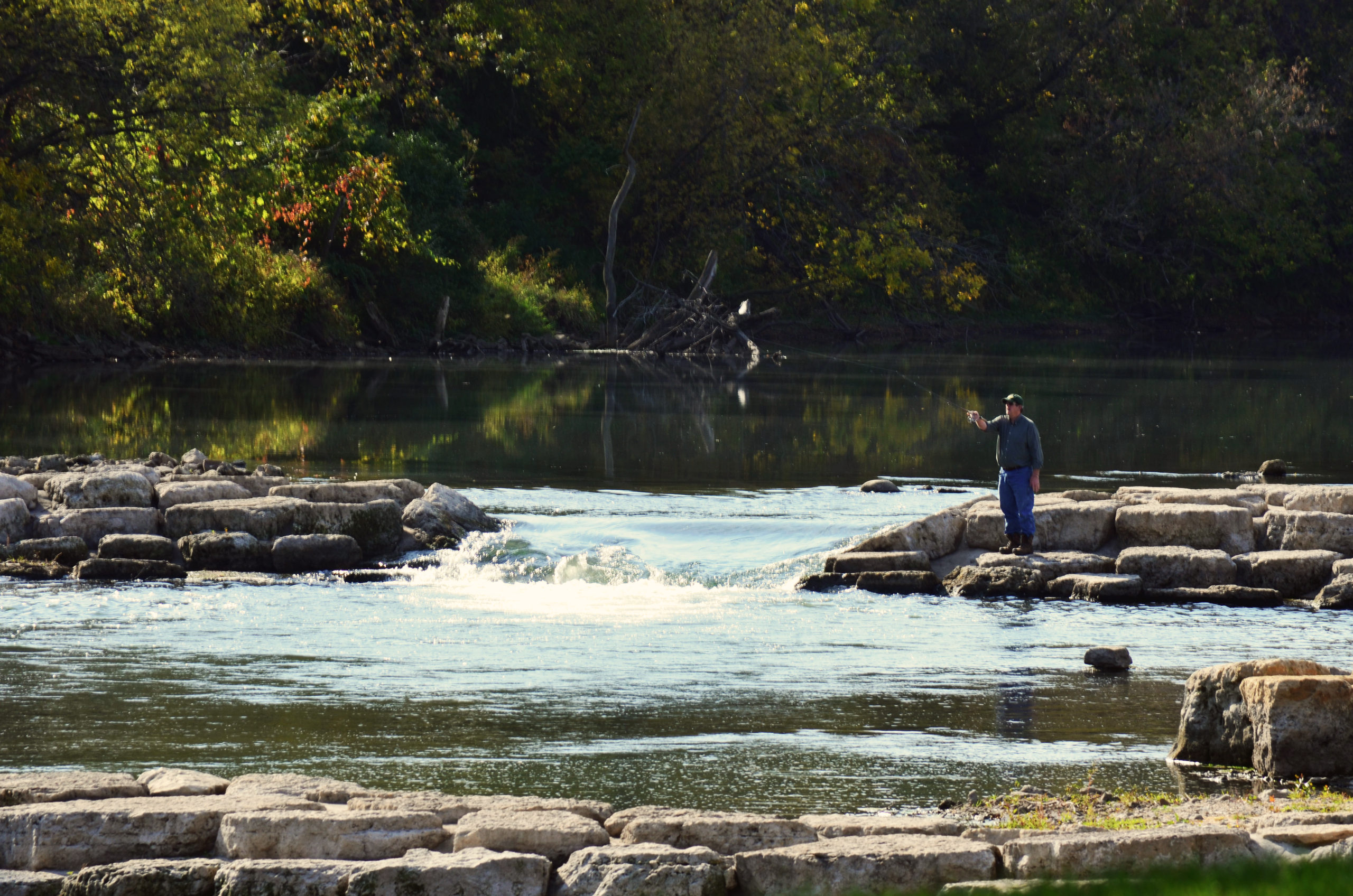 Maquoketa River in Manchester, Iowa. Photo Credit: USFWS
Maquoketa River in Manchester, Iowa. Photo Credit: USFWSState Wildlife Action Plan Regional Coordination
Midwest Landscape Initiative convened a team in early 2022 to evaluate and implement the recommendations found in the Association of Fish and Wildlife Agencies report entitled Leading At-Risk Fish and Wildlife Conservation: A framework to enhance landscape-scale and cross-boundary conservation through coordinated state wildlife action plans. This team brings together state, federal, and non-governmental partners to discuss ways in which State Wildlife Actions Plans can be better coordinated across the region for mutual benefit.
Current projects underway include:
- Developing a database and data viewing tool for better accessing the information contained within SWAPs.
- Developing a SWAP lexicon and best practices report for the Midwest region.
- Supporting states in the SWAP update processes.
To learn more about MLI’s SWAP coordination work, contact Claire Beck.
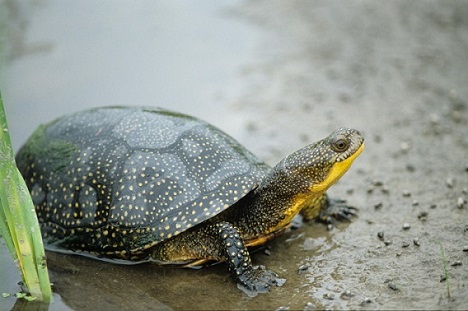 Blanding’s Turtle. Photo Credit: Nebraska Game and Parks
Blanding’s Turtle. Photo Credit: Nebraska Game and Parks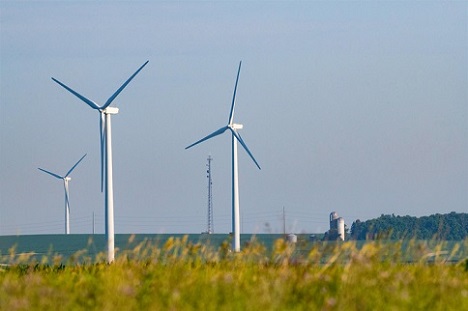
Wind Turbines. Photo Credit: Ed Boggess
Wind Energy and Wildlife
The purpose of the Midwest Landscape Initiative’s Wind Working Group is to explore shared conservation priorities among the states of the Midwest Association of Fish and Wildlife Agencies, the U.S. Fish and Wildlife Service, and the U.S. Geological Survey. The working group is a government-only space for the state and federal agencies with management responsibility for fish and wildlife.
Current projects of the wind working group include:
- Wind and wildlife mapping resources framework
- Mitigation and best management practices inventory
- Permitting case study report
To learn more about MLI’s wind energy and wildlife work, contact Kate Parsons.

